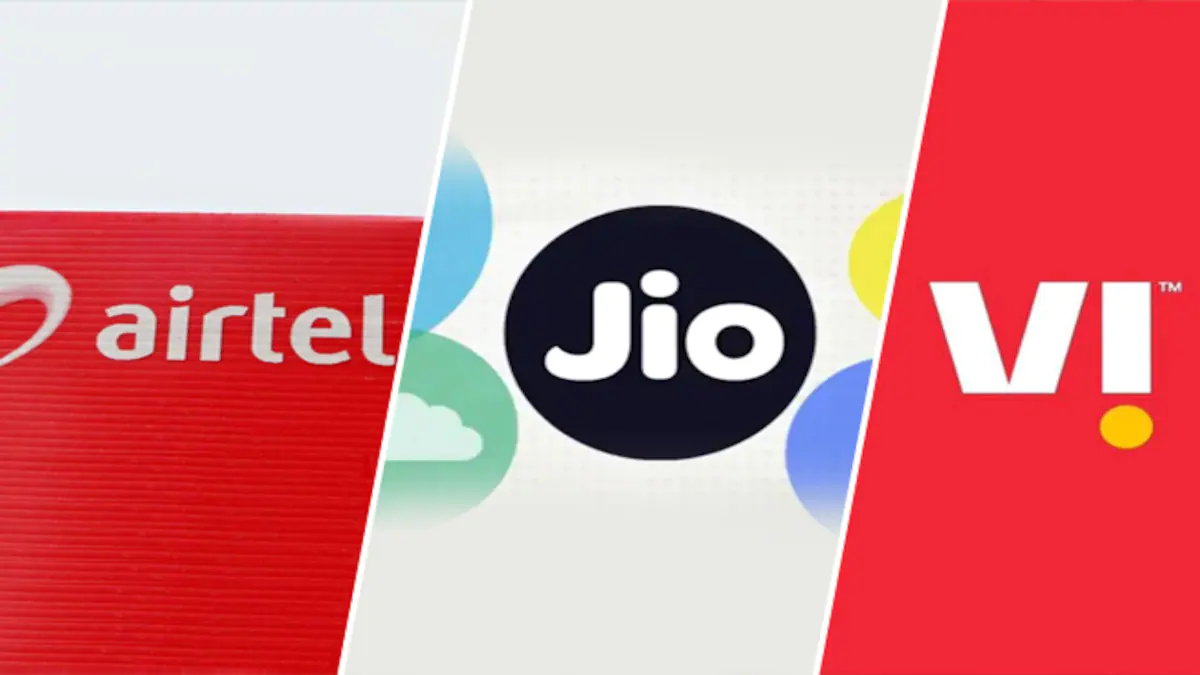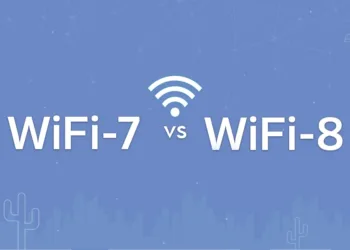Mr. Mukesh Ambani’s announcement of Jio’s launch in 2016 was a watershed moment in Indian history, forever altering our lives. However, while we, the consumers, were having a ball and revelling in the newfound luxury of the internet, the rest of the telecom firms were experiencing a nightmare. The value of their stocks plummeted.
Several major corporations have gone out of business, and the once-bustling telecom industry has devolved into a desolate wasteland with only a few survivors.
While all of these firms went bankrupt, Airtel was the only one that remained afloat throughout this harsh telecom war, and it is now not only surviving but outperforming Jio in several critical areas.
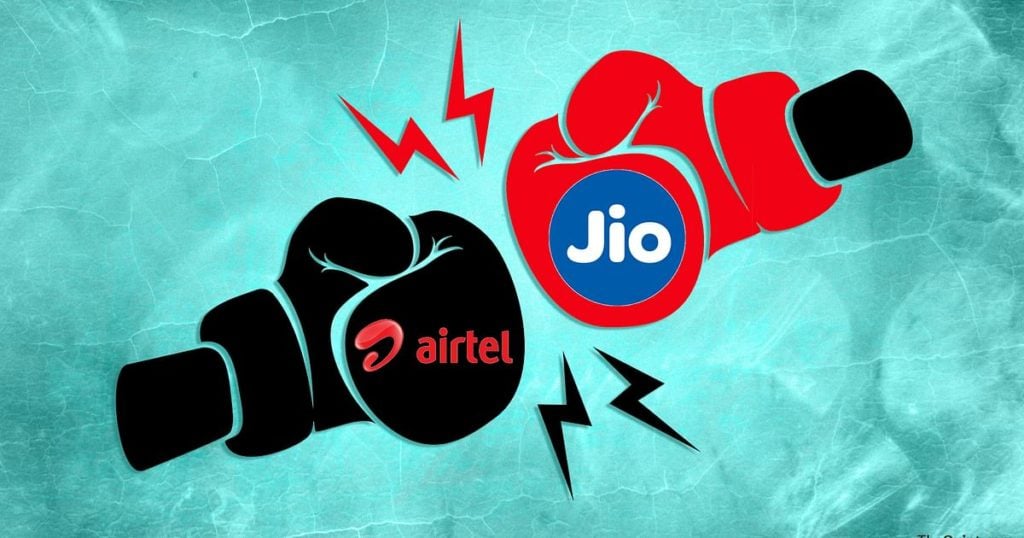
Airtel had more than 300 percent more wireless subscribers than Jio as of January 2021. In fact, Airtel has the highest active subscriber market share as of February 2021.
What is it about Airtel and Jio’s competition that makes it so special? What gives them such an advantage over their competitors? And, most importantly, what are the business lessons we can take away and apply to our own companies?
The solution to these concerns can be found in a product-service ecosystem, which is one of the most important strategies of the twenty-first century. Steve Jobs, the legend, is credited with inventing this business model.
Creating a product service ecosystem is when a firm tries to integrate its products so strategically into the consumer’s lifestyle that the customer either continues to buy items from the same brand or finds switching to another brand exceedingly difficult.
Understanding how Steve Jobs established an ecosystem for Apple users is the simplest approach to comprehend.
Apple’s ecosystem concept is basically made up of three types of components.
The first category consists of entry-level products.
Retainers and Upsell are the second and third options, respectively.
The iPhone is your entry-level product. You then begin to use Facetime and iMessage. That is when you invest in the product through talks and file sharing. Now that you can’t access your iMessage on Android, you’re clinging to Apple because of your addiction to iMessage and other services.
Upsell occurs once you have these retainers in your hands. If you bought an iPhone 10 last year, you’re more likely to buy an iPhone 13 this year. Why? Because your phone may have become obsolete, but you still want to protect your investment, which includes iMessages, other services, and, most crucially, the user interface habituation.

JIO and Airtel’s Ecosystem:
If you look around you, you’ll notice that Jio and Airtel aren’t just telecom firms; they’re also part of a larger digital ecosystem. They simply want to place their items in some of your most important life areas. This is the hidden business relationship worth a billion dollars.
When you purchase a Jio SIM, you will be offered Jio TV, and when you purchase a Jio broadband connection, you will be provided with a set-up box as an added bonus at a very low cost. If you purchase a Mi TV these days, you will also receive a Jio-Fi connection. So, rather than purchasing things, you are purchasing the Jio ecosystem as a whole.
Jio is constructing its initial layer of the ecosystem in this way, by making its entry-level items readily available. The most important reason for Airtel’s survival is that they recognised the value of the ecosystem early on and began to construct it faster than any other participant in the market.
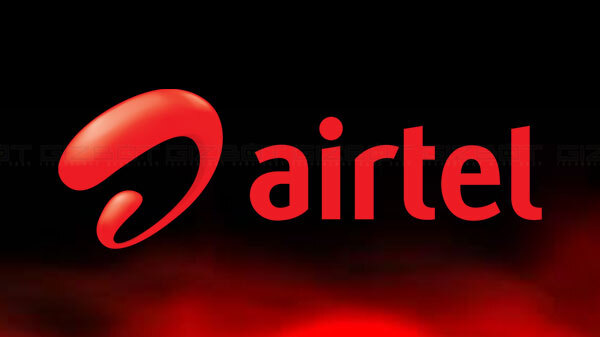
How did Airtel manage to develop this environment in such a short period of time? Airtel had previously done a fantastic job with its existing service, it turned out. Back in 2016, their DTH service was one of the most competitive along with TATA sky, with a market share ranging from 20% to 25%. In comparison to its competition, Airtel already provides considerably superior service to its clients.
Last but not least, the groundwork for Airtel broadband was laid in 2017, when the company had 21 lakh active connections. When you compare this to the rest of the competition, you’ll notice that they were much behind Airtel in a number of areas. Vodafone and Idea were completely absent from the DTH market. Videocon had a strong DTH footprint but struggled with mobile users.

Third, while TATA Sky was the market leader, TATA Docomo was a flop. To be honest, BSNL wasn’t even playing. However, Airtel made some pretty aggressive initiatives to hit a home run in this area. They moved on to explore for smaller companies, acquiring Videocon Telecommunications in 2016, Telenor in 2017, and Tata Teleservices in 2018. They gained two significant advantages as a result:
- It added extra spectrum and made it impossible for Jio to buy these businesses. They chose to focus on only the most valuable consumers and set a minimum recharge limit. As a result, in the fourth quarter of 2018, Airtel lost 4.8 crore consumers. However, they were able to save a significant amount of money and increase profitability as a result of this.
- They, like Jio, began to integrate their services in order to create an ecosystem. They began by providing a setup box, broadband connection, and exclusive access to services like as wink music.
- The game began to shift at this point. Apart from client retention, an ecosystem strategy gives a business three tremendous superpowers when it starts integrating numerous goods in its ecosystem.
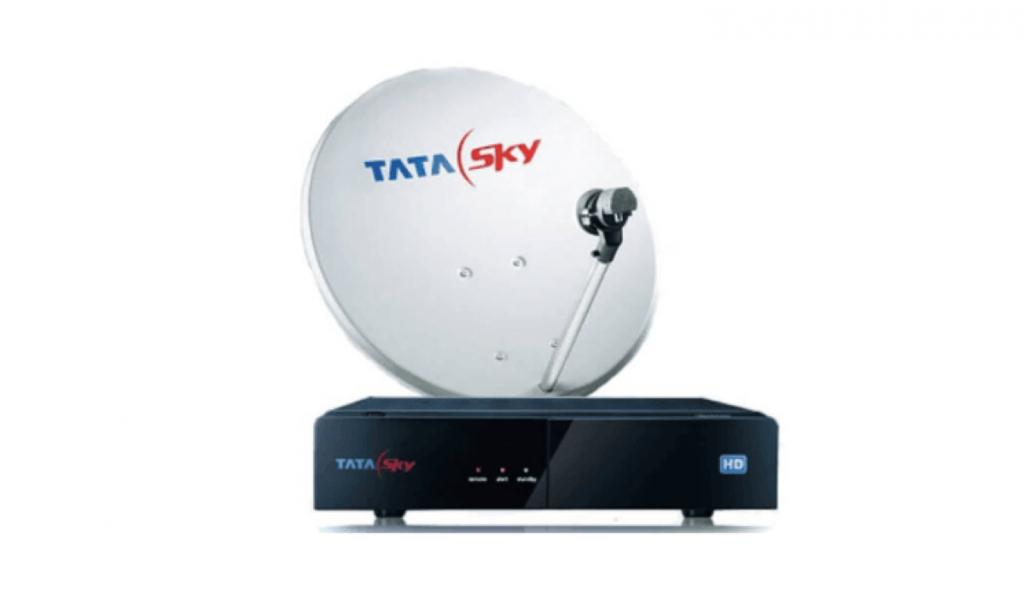
The loss leader strategy is Airtel’s second ecosystem superpower. Finally, Airtel was able to successfully place its products in houses that already had a Jio SIM by effectively executing these techniques.
That Airtel has begun to penetrate Jio’s ecosystem is significant. Total broadband customers increased by 95 lakh in September 2020. Jio ended up with roughly 17 lakh users, while Airtel had 70 lakh. DTH service and even an Airtel sim card have been offered to several of these persons.
Not surprisingly, Airtel is rapidly catching up with Jio in the wireless segment, routinely outperforming Jio by a wide margin. In reality, Airtel added over 15.9 lakh new cellular subscribers in January 2021, whereas Jio only added 19.5 lakh. That’s a 300 percent change in growth rate.
This is how Airtel fits into the Jio ecosystem as a Trojan horse. Now that all eyes are on Jio, there’s a potential that Airtel, with its aggressive integration plan, may pull off something spectacular.
Concluding Words:
Isn’t it impressing that Airtel has not only successfully survived under Jio’s dominance but also how efficiently maintained its position and is giving neck-to-neck competition to Jio? We’re sure you must be having something to say on this, so do let us know your views below.
Also Read:

